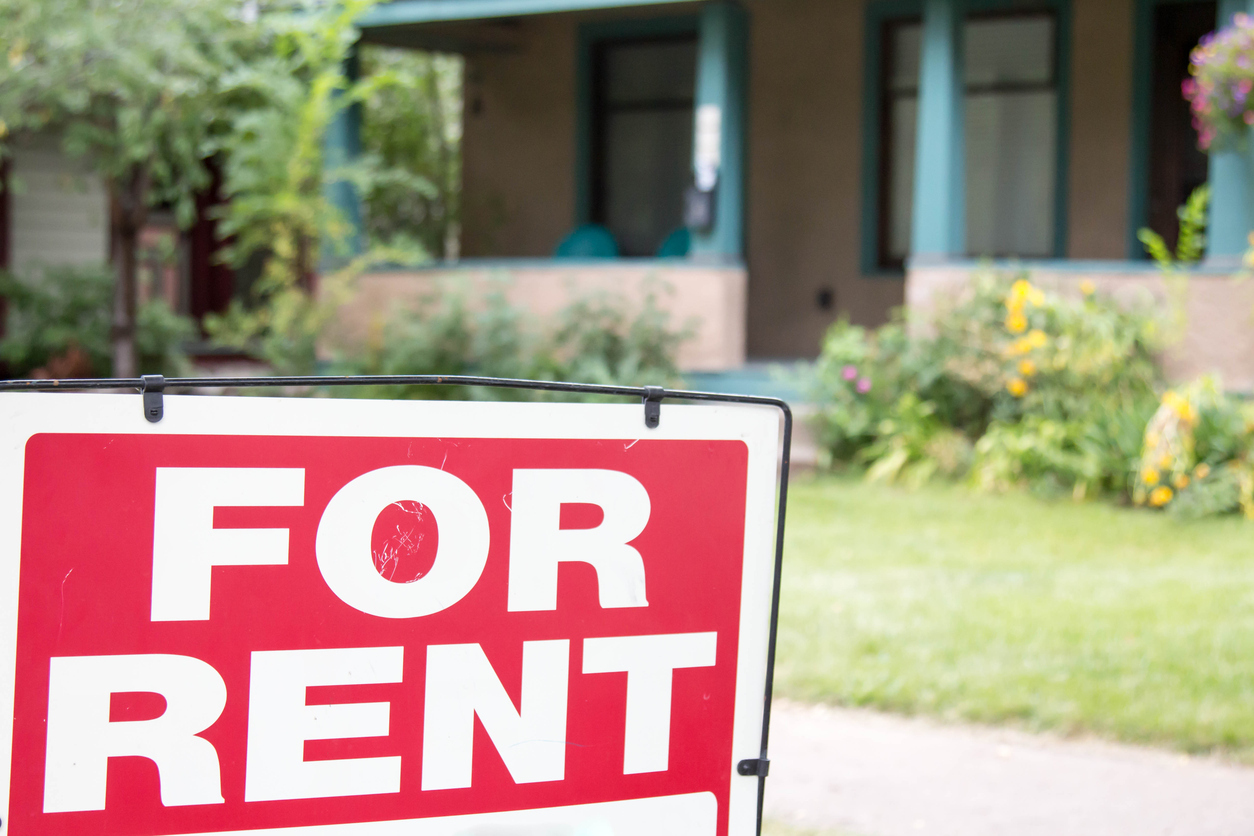Rent’s Due: And It’s Higher Than Ever
POOR PEOPLE PROBLEMS … With homeownership in the United States continuing to hover at all-timeYou must Subscribe or log in to read the rest of this content.
POOR PEOPLE PROBLEMS …
With homeownership in the United States continuing to hover at all-time
